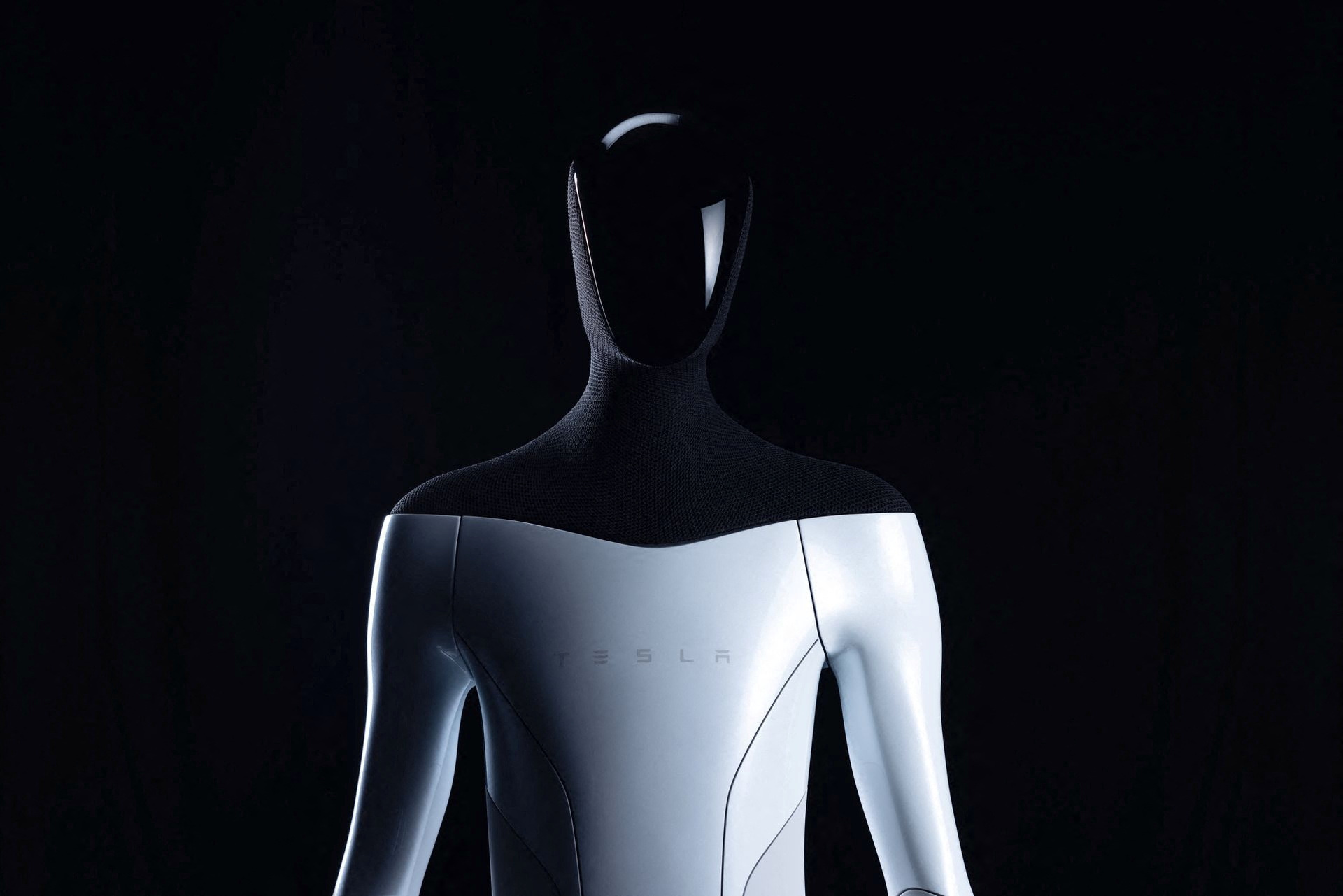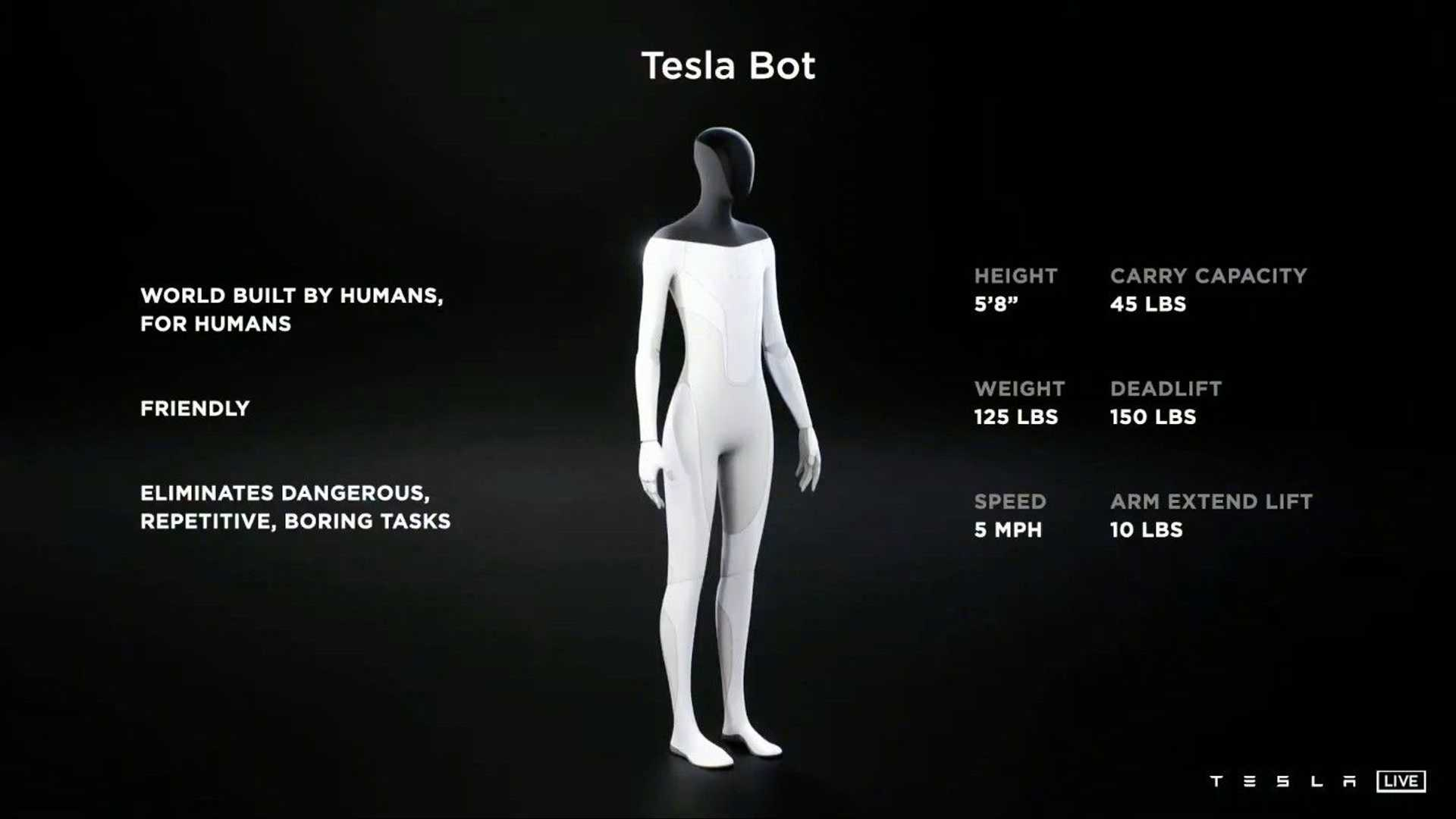TECH
Optimus: Breathing life into wire and metal
BY ISABELLA HO
From Metropolis to Ex-Machina, human-like robots have been a muse for storytellers across the ages. Now, humanoid robots have sprung from the pages and cemented themselves into the real world. For Tesla’s AI day on the 30th September 2022, Elon Musk is expected to unveil a prototype of the Optimus robot, a new addition to the world’s humanoid family. However, doubt remains over whether or not Optimus will show the advanced features required for it to thrive in factories, homes, and other human environments.
Musk first introduced Optimus during AI day 2021, a “general purpose, bi-pedal, humanoid robot capable of performing tasks that are unsafe, repetitive or boring.” At 1.73m tall and weighing 56 kg, Optimus can carry up to 20 kg and deadlift up to 68 kg. It is not surprising that Tesla subsequently went on a hiring spree for engineers, since both Tesla’s artificial intelligence and autopilot teams have been working on Optimus.
What is surprising, however, is that Musk described Optimus as the “most important product development” this year. Many simply saw Optimus as a recruitment tool for Tesla’s full self-driving system.
It all comes under Musk’s ambitious vision for the future of the labour market. In his China Cyberspace magazine article, Musk explains that Optimus is initially designed for factory work to curb labour shortage issues. For example, Optimus should be able to respond to an instruction to “pick up that bolt and attach it to the car using that wrench.” However, the long-term goal is for Optimus to “serve millions of households, such as cooking, mowing lawns, and caring for the elderly.” In other words, for Optimus to become a unit of society.
The Tesla Optimus robot / InsideEVs
A general purpose humanoid is perhaps easier said than done. A key challenge for creating humanoids is the replication of human intelligence. For example, suppose a robot receives a range of sensory inputs about a leaking bottle. In that case, it must be able to integrate those inputs to understand that there is a leaking bottle and then decide how to respond to the situation.
This cognitive learning process is even trickier when the robots must adapt to the range of different environments where humans live. Either way, AI day spectators will be expecting Optimus to do more than demonstrate simple actions such as walking or dancing, which have already been achieved by competitors such as Xiaomi’s CyberOne humanoid robot.
Yet, there are a few motion-related features in Optimus that could impress investors if shown in the upcoming or future prototypes. According to Dr Will Jackson from Engineer Arts Ltd, one such feature is hand dexterity such as in sewing a stitch, rolling a ball in its fingers, or gently touching a surface. Already, Italy’s iCub humanoid has sensory pads attached to its hand, like touch screens, to feel and learn from its environment.
A second feature to look out for is a smoother gait for walking. “We do not yet have motors that can perfectly recreate the efficiency of human muscles… or an algorithm that solves the problem of walking more generally,” says PAL Robotics engineer, Luca Marchionni. According to Arizona State University engineer, Nancy Cooke, Optimus could also awe the crowd by performing multiple unscripted actions.
Of course, any thoughts about the widespread use of humanoids ushers in a flood of ethical questions, especially when humanoids move beyond factories and enter domestic settings (noting that this is a question of when, not if). For example, there are issues around the protection of privacy at home and decisions based on discriminatory biases that the robot has learnt. I would be interested to see if Musk’s robots ever enter the “uncanny valley.”
Given that Optimus has a screen for a face, Musk seems to want to address the dynamic aspect of robots, which describes how the robot moves. The “uncanny valley” relates to the static aspect of robots, which describes how the robot looks. This aspect may be important if robots are to care for the elderly as Musk suggests.
The robot-elderly care market is already well underway in Japan. MIT Media Lab research specialist, Katie Darling, says that the future anthropomorphism of robots and the emotional attachment that comes with it may create a need for consumer protection laws. For example, is it okay if your grandparents’ robot companion caretaker suddenly requires an expensive mandatory upgrade?
It might be a while before we witness a fully functioning general purpose humanoid, much less a population of them in our kitchens or on our lawns. Few existing humanoids, if any, have managed to create a viable market beyond being showcased at events.
Since humanoid robots are so diverse, ranging from entertainment robots like NAO to jumping robots like Boston Dynamics’ Atlas, it would be interesting to see hints of how Optimus might function on AI day.
But for now, the anxious amongst us may be assured that if Optimus ever appears on our doorsteps, it is designed to be slow enough for us to run away from it!
FEATURED IN:




